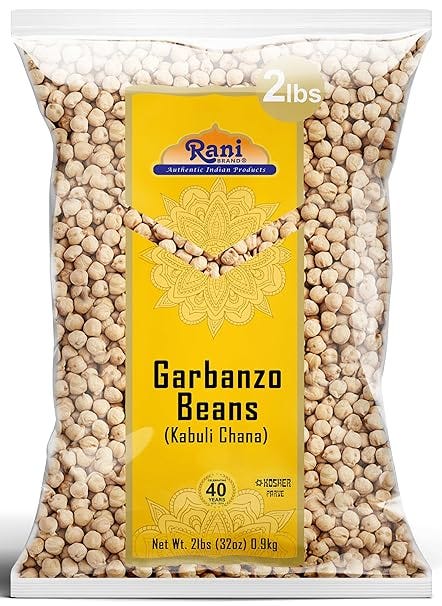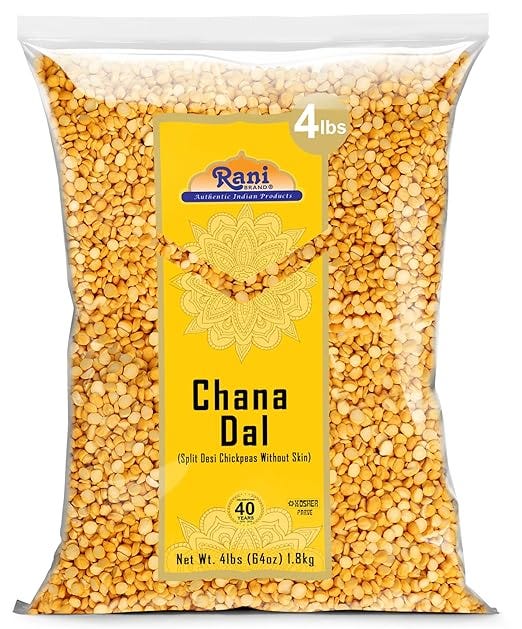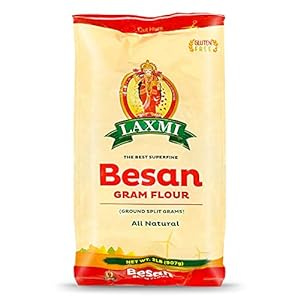Here’s the thing with Kala chana or Desi Chana….Outside India, everyone calls it a chickpea. But, garbanzo beans is also chickpeas. But wait a minute…Desi Chana is not the same as garbanzo beans. What gives?
This is Desi Kala Chana (Desi means local, Kala means black)…
The creamy colored one below is Garbanzo beans a.k.a Kabuli chana in India (at one point of time, it came from Kabul, Afghanisthan).
Kabuli types are eaten as whole since its seed coat is difficult to remove. Kabuli chickpea is larger, absorbs more water and cooks more quickly when compared to Desi chickpea. The famous Chana masala that the world loves, and rightfully so, is made from these guys.
So, why the confusion between the 2? Chickpea has 2 famous genotypes - Desi and Kabuli. While they may look different, but they’re from the same species: Cicer arietinum.
And just before you get too smug about your chickpea knowledge, let me tell you there is a green Desi chickpea variant…
This is hara chana. More like ‘haha, bet you didn’t know this chana!!’ :)
Ok, ok, I’m sorry, I will behave from here on….
The Desi chickpeas (green or black) is more drought tolerant than Kabuli. The skin of desi chickpeas are wrinkled near the ‘beak’. The more wrinkled the skin a legume has, the more its fiber content. Desi chickpeas has more fiber (13.2%) compared to Kabuli (10.2%).
Just by itself, when cooked, Desi chickpea gives us pretty awesome dishes like Kerala kadala curry, sundal, etc. But, not just that…because of the wrinkled skin, the skin slips off easily. Once dehulled, it is split to produce chana dal. Chana dal is used to make dals of all kinds in the Indian cuisine.
Chana dal is ground to get besan flour, which has very different properties from chickpea flour. We will get into that discussion in a later post.
But, much like a telemarketing commercial….wait there is more.
Kala chana can be roasted. The name of this roasted ingredient is a bit tricky. It is called many things in different Indian languages. You call in pottukadalai in tamil, bhuna hua chana in Hindi and Daliya in some cases. (Daliya is a generic term which means split.)
Similar to puffed rice, roasting the kala chana at very high temperatures (using sand or salt) increases the vapor pressure inside the dal and triggers expansion of the dal. Consequently, the water content decreases, thereby density and weight decreases. Roasted chickpeas have large air pockets created from the escaping steam creating a porous structure and an opaque, chalky appearance. Given the high temperature the chickpeas are exposed to (200C and above), the starches and proteins are cooked with whatever water that was available inside. It becomes ready-to-eat. You can use it directly for making chutneys or eat it as a protein-rich snack.
Wait, there is 1 more….
Seriously!
The dahlia (above) can be powdered to make sattu which dissolves in water and can be flavored to create a nutritious drink.
All these awesome products stemming from Kala Chana…
Not bad, for a wrinkled chickpea, eh?









Great writeup. Informative and crisp! Thanks for researching and sharing!